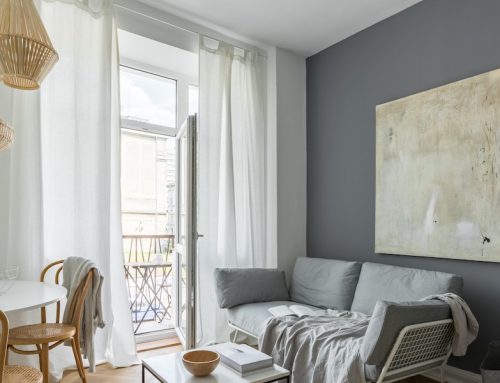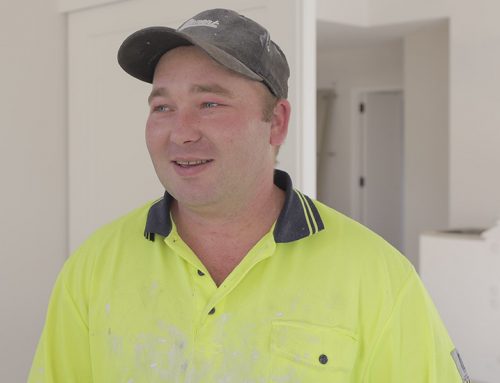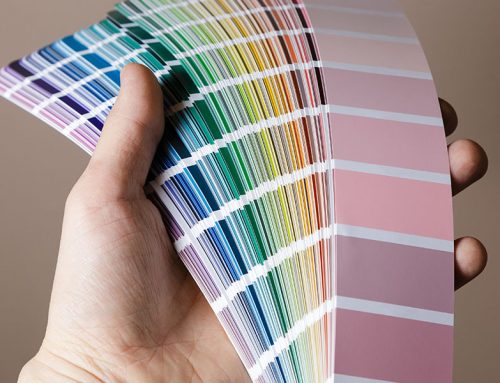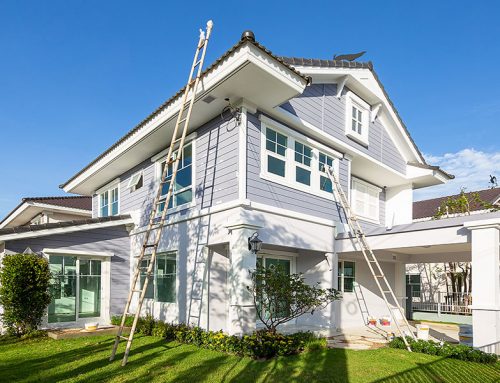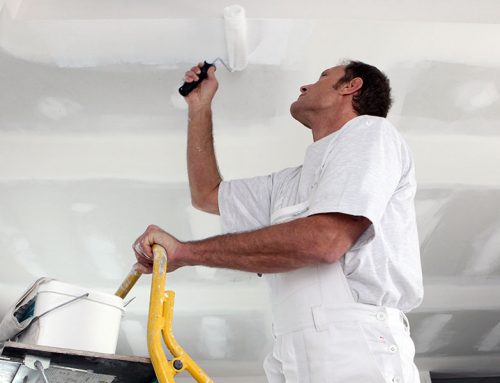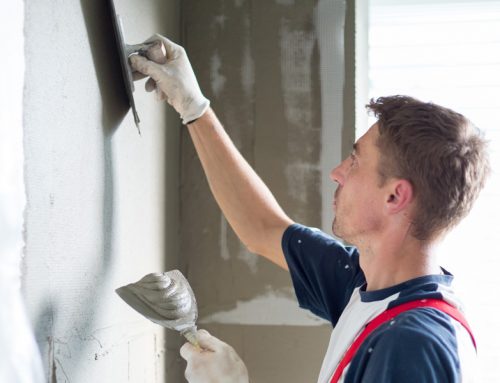I
s your home ripe and ready for a fresh lick of exterior paint? You might be wondering ‘when do I start?’ or ‘how do I pick the right paint?’
With so much to consider, it can be tricky getting the ball rolling. That’s where knowing how the painting process works, understanding your local climate, and choosing the right tradie comes in handy.
So, if you want to elevate the aesthetic appeal of your home, while shielding it from the elements with exterior painting, then this useful guide is here to answer all of your big questions.
Let’s get stuck in!
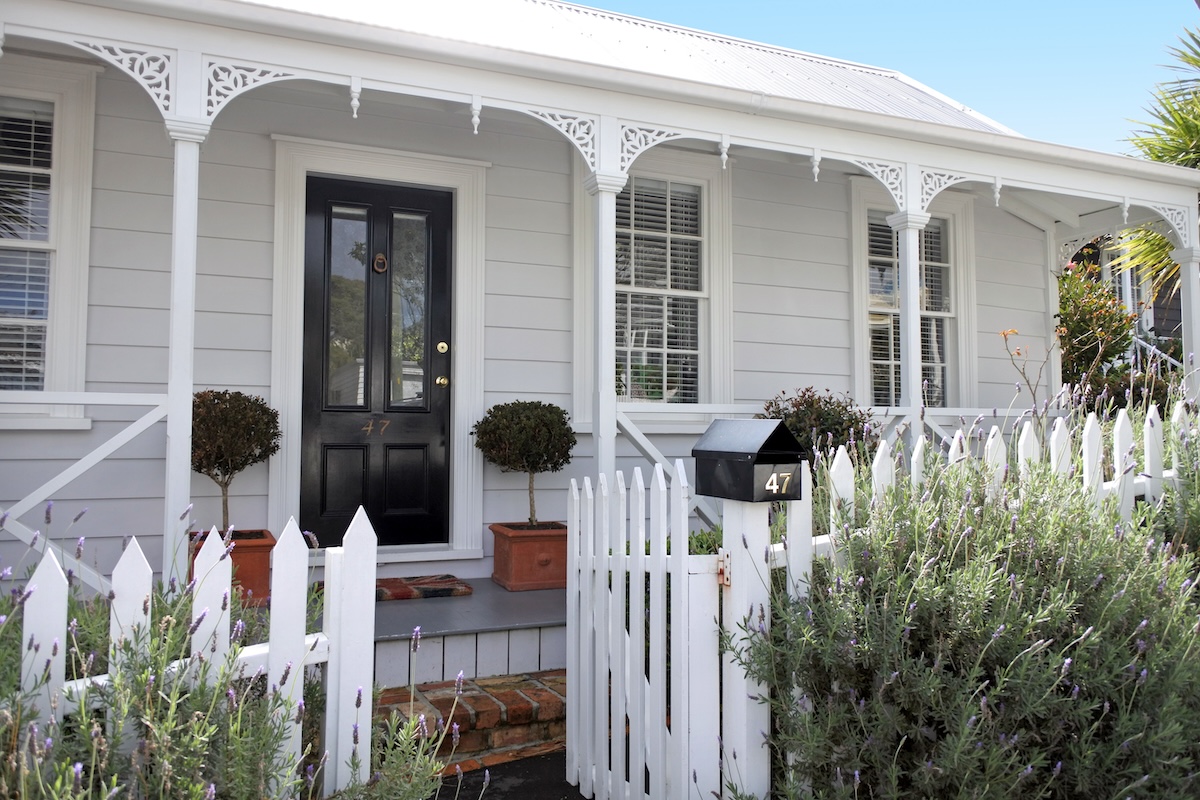
UV-protective paint slows down exterior damage coming from NZ’s harsh UV rays
How do I prepare my home for exterior painting?
If you want longevity and effectiveness for your exterior paint, then preparation is key.
Start by thoroughly cleaning the exterior surfaces to remove any dirt, grime, and peeling paint. This can be done by power washing or hand scrubbing for more delicate areas.
Next, it’s important to repair damage like cracks or holes in the surfaces that you’re painting; engage a professional who can seal seams, replace damaged wood, or apply exterior-grade filling where needed.
Once repairs are made, sanding the surface will create a smooth base for the paint to adhere to, particularly around areas where old paint has been scraped away.
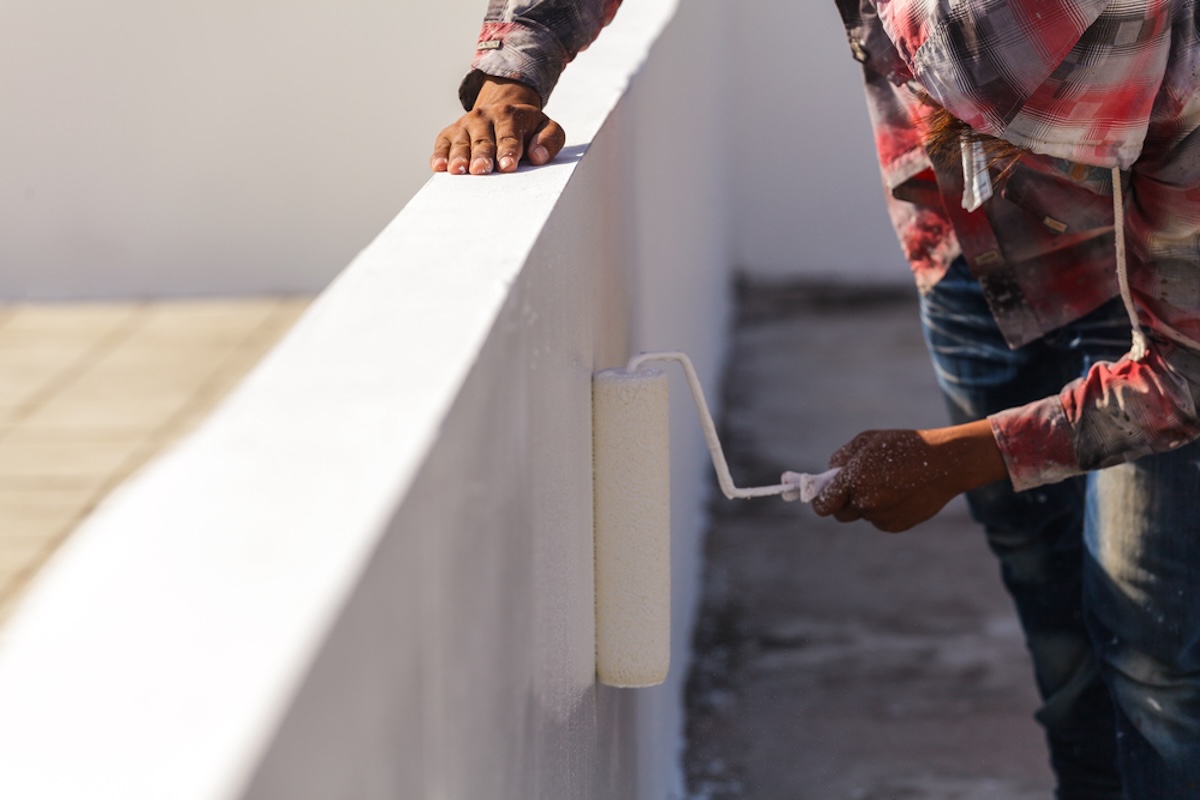
Careful preparation of your home’s exterior is key to ensuring a seamless paint application
How do I prepare my home for exterior painting?
The secret to achieving those optimal results lies in understanding the unique properties and applications of different types of paint.
Your choice not only impacts application but also the longevity, finish, and overall success of your exterior paint.
The most common types of paint used in New Zealand, and why:
Further, consider tailoring your paint selection to the specific surfaces you or your tradie are working with, being mindful of the different weather conditions each area might face.
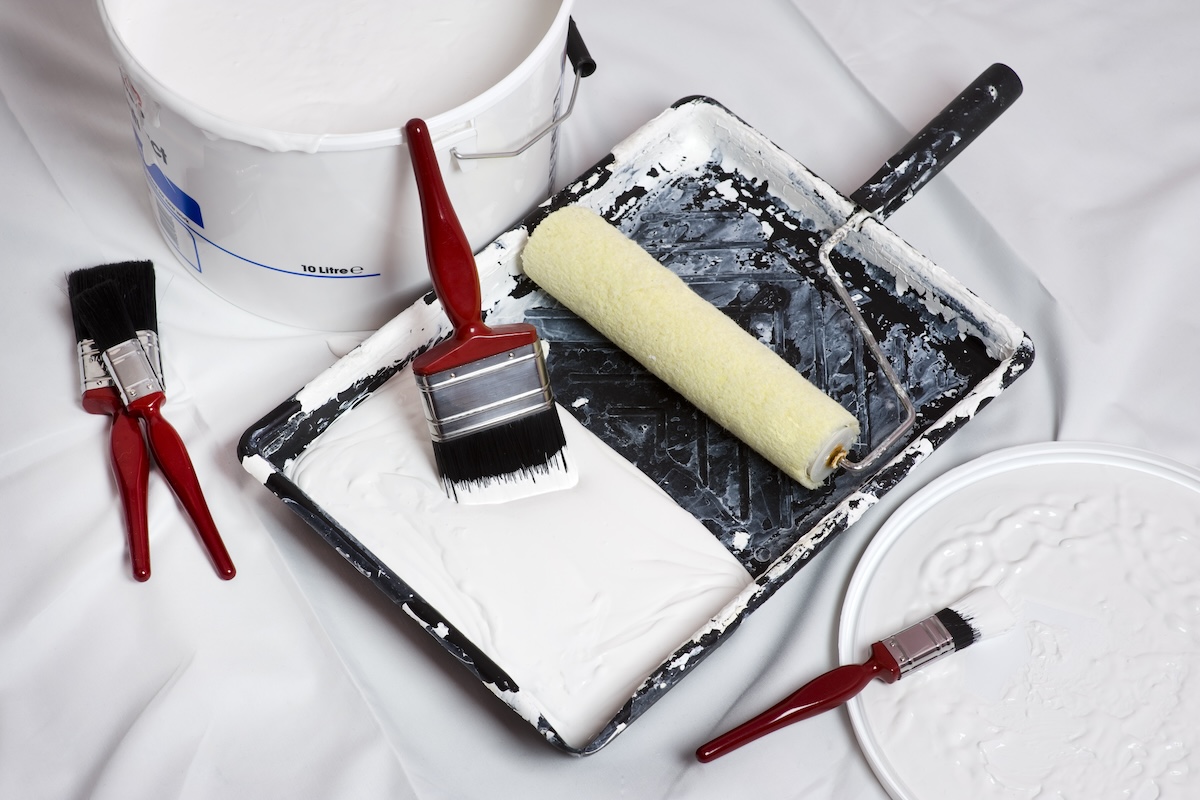
On application consider your aesthetic preferences and the unique conditions specific to your home
How do I choose the right exterior paint?
When selecting exterior paint materials for your New Zealand home, it’s important to consider your aesthetic preferences and the unique conditions specific to your home.
Tips for choosing exterior paint in New Zealand:
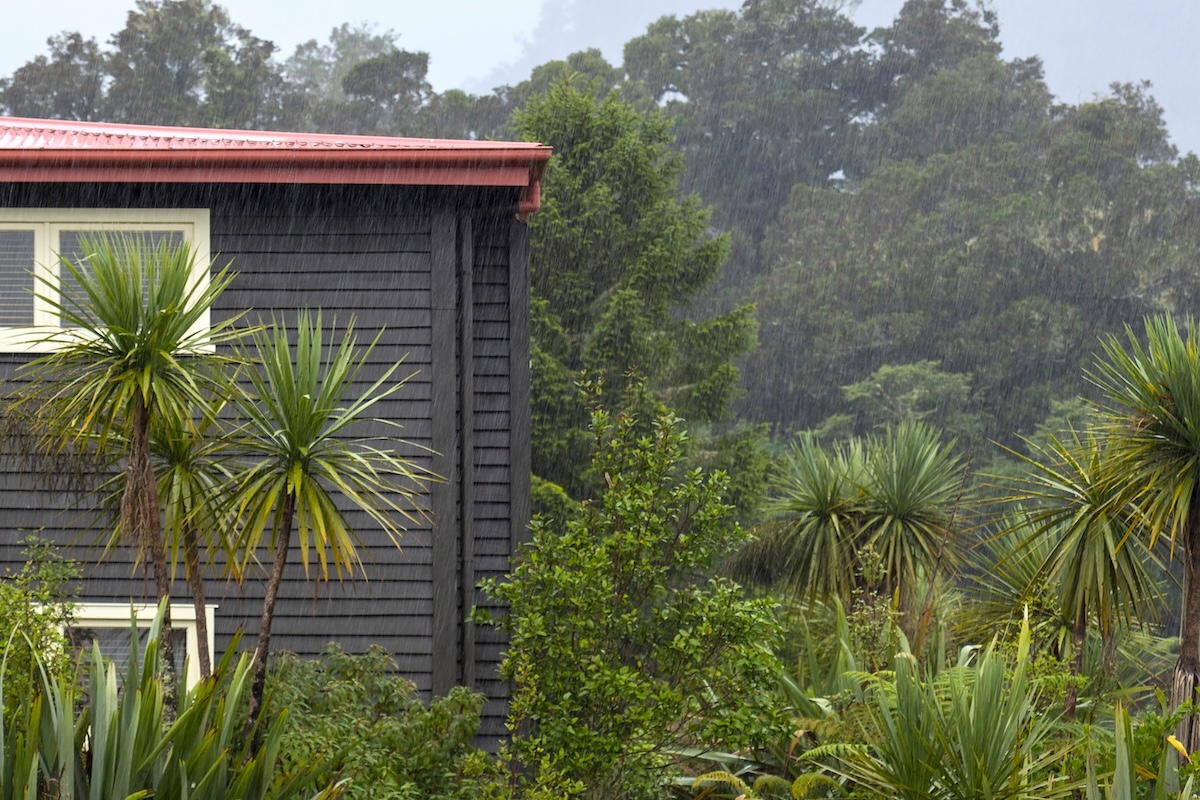
NZ’s cool and damp climates pose a risk for the drying, adhesion and finish of exterior paint
What are the impacts of weather on exterior painting?
Weather plays a significant role in both the immediate drying process and the long-term durability of your exterior paint job.
Varying weather conditions — from extreme temperatures to high humidity and winds — can affect the outcome of your paint job. Here’s what to look out for.
Exterior painting in extreme weather:
Exterior painting in windy conditions:
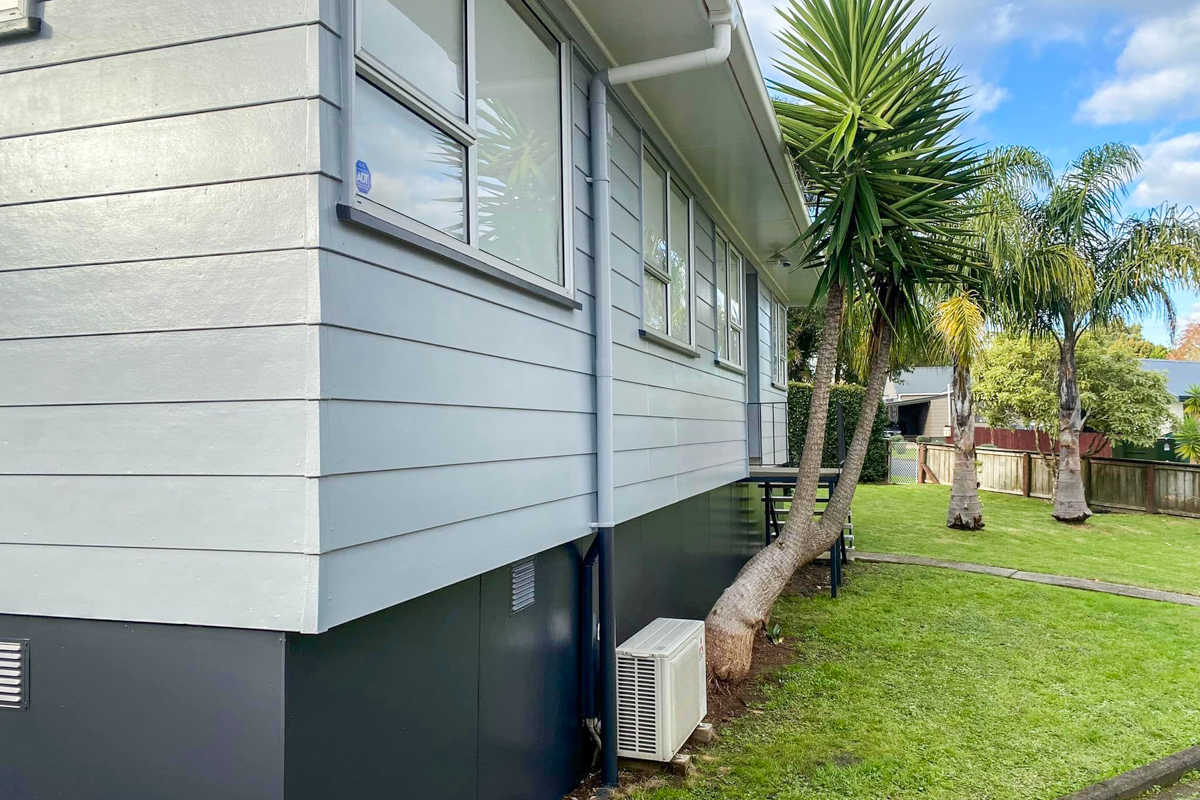
Read our latest exterior painting Project Story: This Classic Kiwi Home Gets A Fresh Lick Of Paint
How do I ensure a quality finish?
BC trade expert, Paul from Michelangelo shared his advice on securing a quality finish for your exterior paint job:
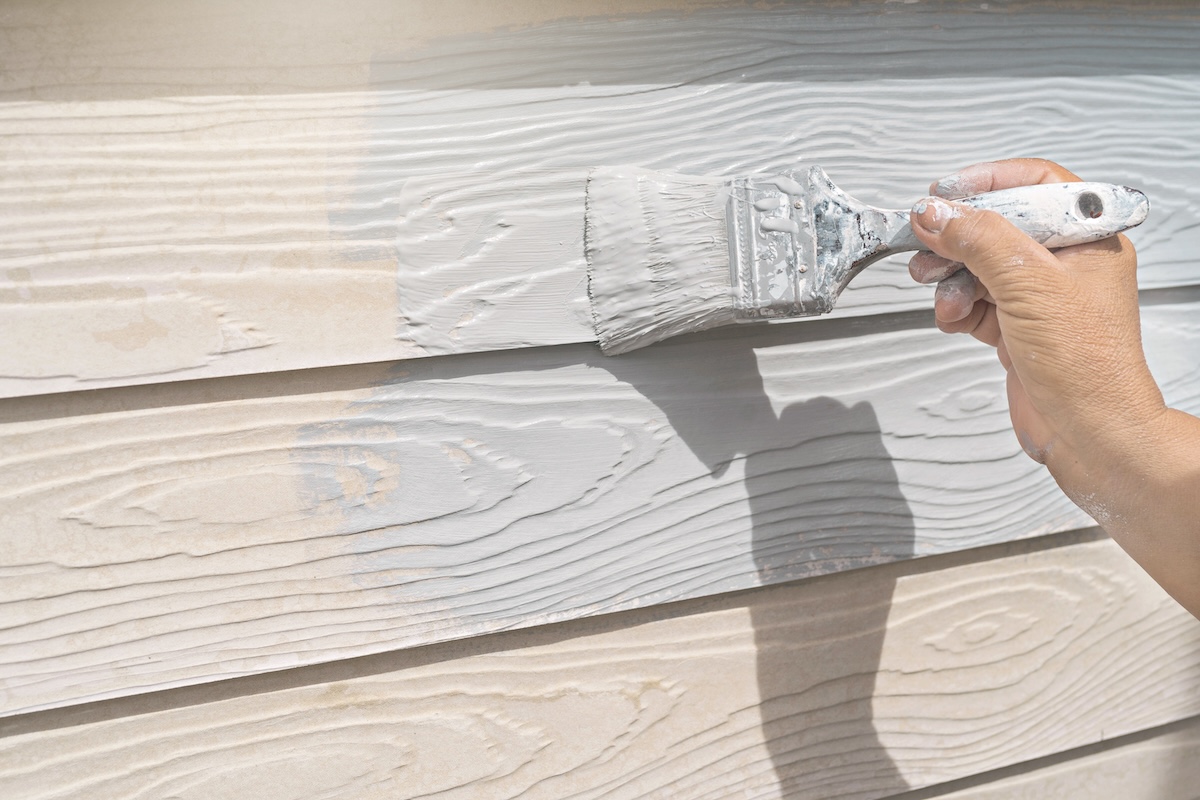
Don’t be afraid to follow up and have daily check-ins during your exterior paint job
How often should I repaint my home’s exterior?
In New Zealand, it largely depends on the type of paint used, the material of your home’s exterior, and your local climate.
Generally, it’s recommended you repaint every seven to 10 years. Homes in coastal areas may need more frequent repainting, perhaps every five to seven years. This is due to the harsher effects of salt spray and high humidity, which can accelerate wear and fading.
Similarly, properties exposed to extreme sunlight or in areas with high precipitation might require more regular maintenance.
Using high-quality, durable paint and performing regular maintenance checks for signs of peeling, cracking, or fading can extend the life of your paint job.
Regular cleaning and immediate attention to any damage can also prolong the periods between repaints.
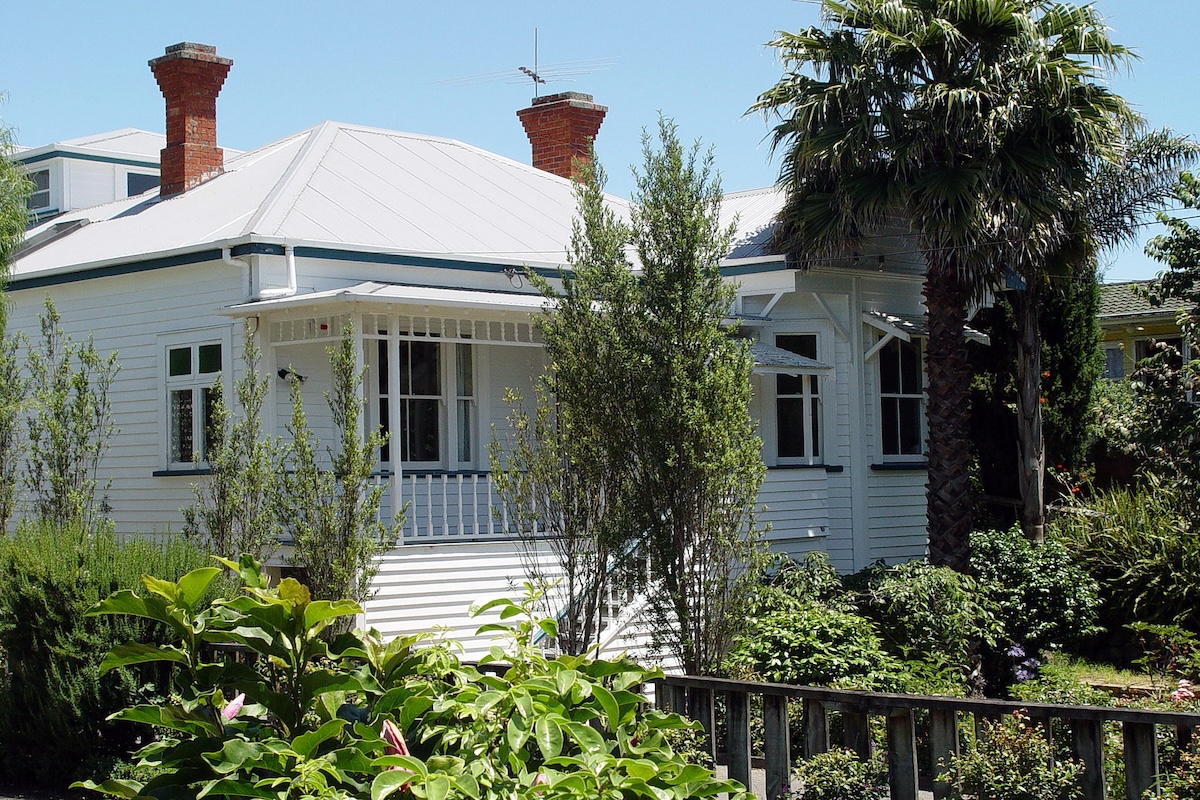
New Zealand provides unique natural surroundings that also compliment your paint choice
